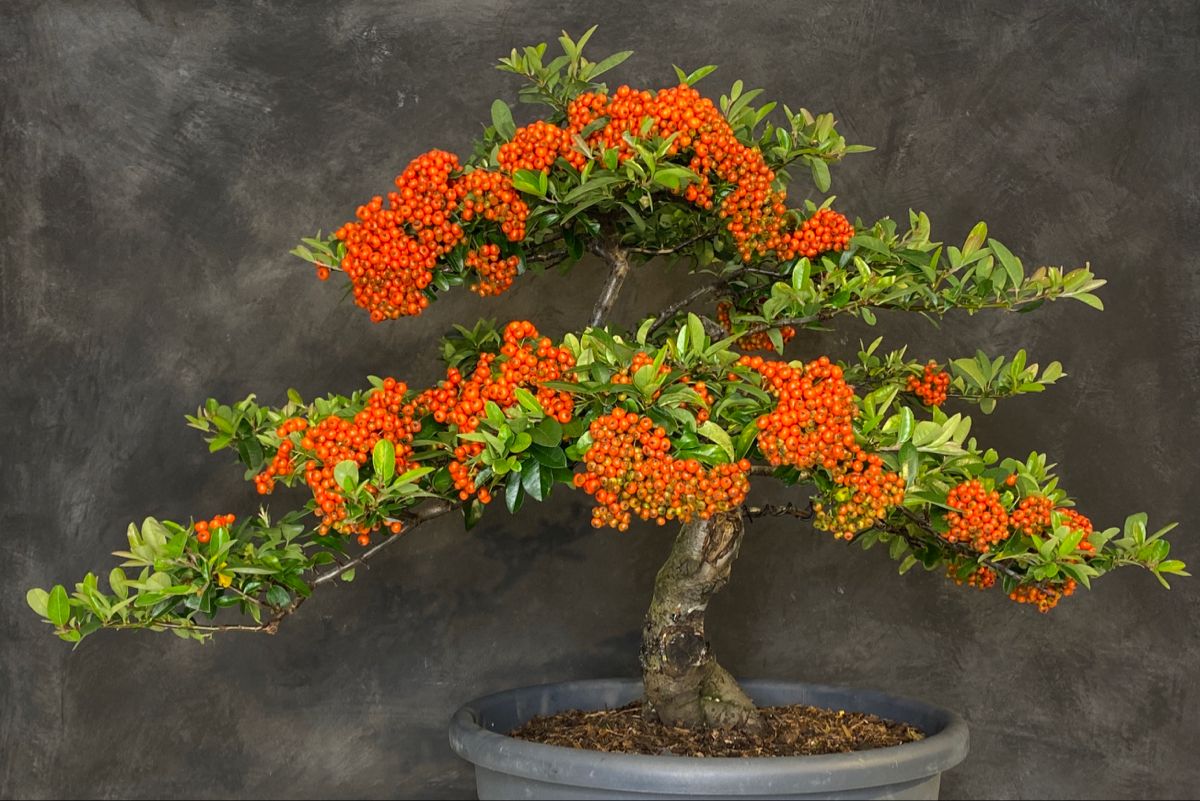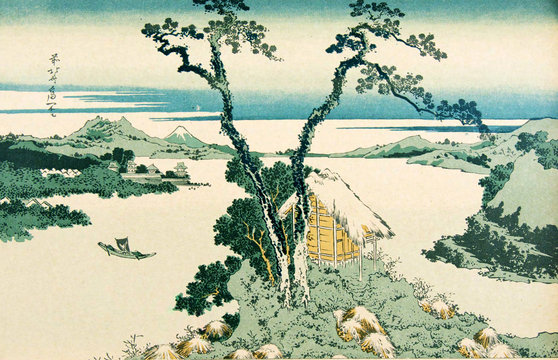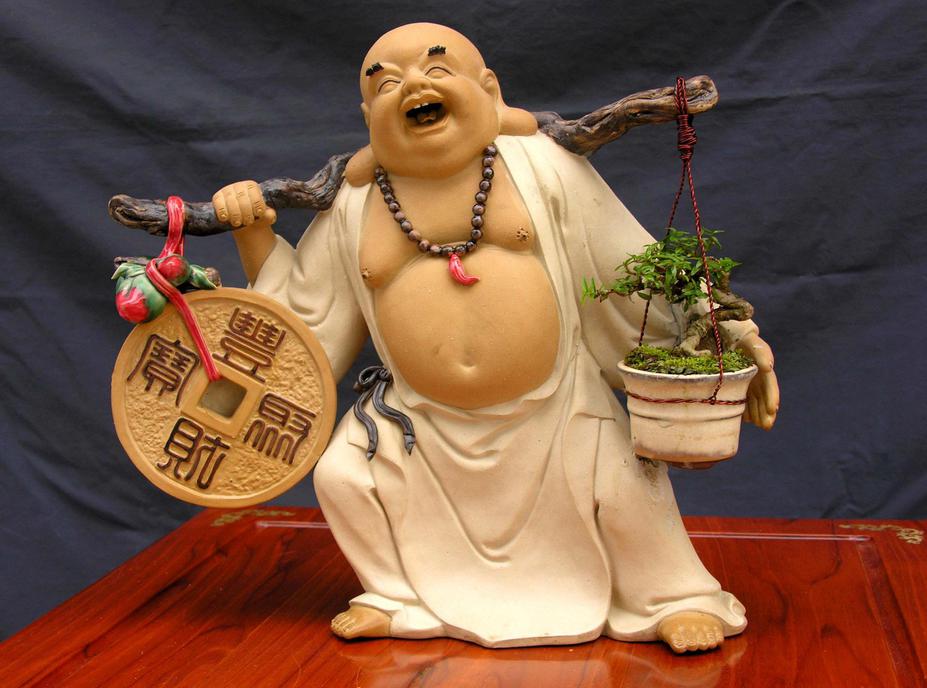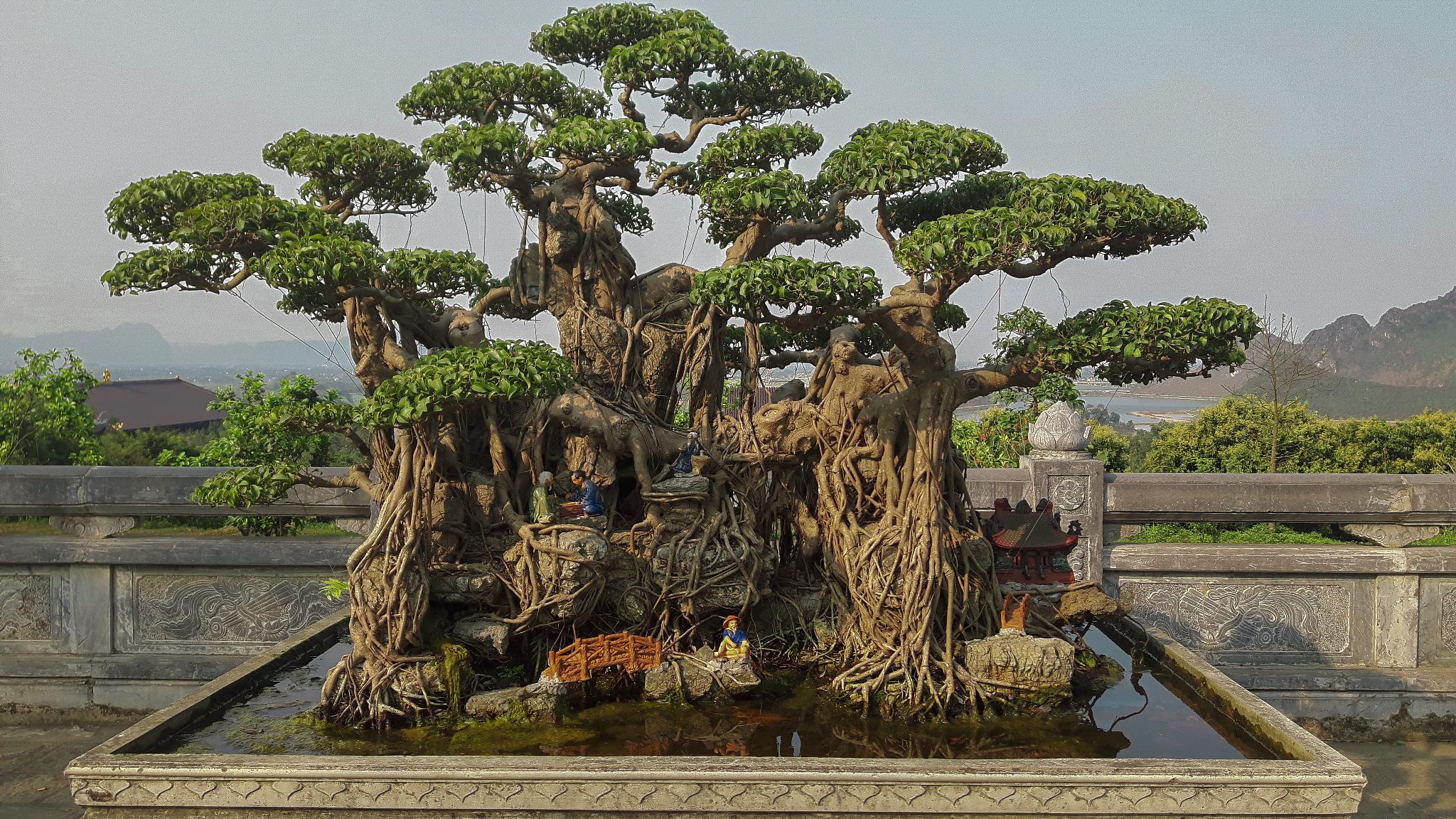Oldest Bonsai Trees
The oldest bonsai trees are thought to be over 1,000 years old and can still be found in the US today. In this blog post we will explore why these plants have endured for so long and what they teach us about nature’s beauty.
Older Than You Think

The art form of bonsai has been around for a long time, but the term “bonsai” was not invented until the 17th century in Japan.
In ancient China and Japan, there were no words to describe these miniature trees because they did not yet exist.
However, records indicate that the concept of growing living plants in small containers dates back to the 3rd century B.C. Chinese potters began using miniature clay containers to grow plants in a variety of terracotta pots.
The first recorded use of the term “bonsai” emerged during the Edo period in Japan, which lasted from 1603 until 1868 A.D.
When Tokugawa Ieyasu, a powerful feudal ruler of the time, became ill and almost died from illness.
Tokugawa Ieyasu was so inspired by this that he ordered all of his subjects to adopt the growing and training methods of Kokan.
Since then, bonsai has continued to evolve. It traveled with people living in Japan who settled in other parts of Asia, such as China, Korea and Taiwan.
By the 18th century Bonsai had been introduced to Europe and North America. Today there are numerous schools, organizations and societies that study this unique art form.
Bonsai trees are miniature versions of full sized trees. They have been trained over many years to grow as much as 50% smaller than their original size.
In order to achieve this, the owner must decide on what type of tree they would like to grow, then they will place the tree in a container, whether it be a pot or tray, and begin to trim and shape it.
Oldest bonsai trees in the world

Over the years people such as monks, wood workers and craftsmen began to specialize in growing these unique trees.
They started to realize that certain techniques worked better than others for a specific type of tree.
Eventually, they developed their own specialized practices and beliefs about growing bonsai trees. These traditions still impact the bonsai industry today.
How old is the oldest bonsai tree?
The oldest bonsai tree in the world is thought to be a Chinese banyan (ficus retusa) that was planted in 554 A.D.
This legendary tree can still be found at the Nara National Museum of Bamboo and Small Leafed Trees in Japan today. As you can imagine, this makes it the oldest living object on Earth!
The tree had been pruned and trained for centuries by the people of China, who where trying to grow a specific type of bonsai known as “penjing”.
Penjing originated in China in approximately 500 B.C., when Buddhist monks began to plant miniature trees in pots around their temples.
The purpose of this practice was to grow smaller potted trees that could be placed in their temples and be worshipped. Penjing’s popularity spread quickly through Japan, Korea, Taiwan and Vietnam as it became a popular art form to place in homes and gardens.
An important part of the penjing tradition is the ability for plants to represent certain human characteristics.
For example, miniature pines represent leadership while miniature bamboo represents success. Because of these symbolic connotations many bonsai trees are treated as living heirlooms.
Many people attempt to grow bonsai trees that have been handed down through their family and they often pass the tree on to a son or grandson when they die
How is the oldest bonsai tree cared for?
Although the banyan has been pruned, trimmed and trained since it was first planted more than 1300 years ago, it is very carefully taken care of.
Every year in May or June a group of gardeners will trim and shape the ancient tree. It’s believed that this keeps the tree healthy and prevents diseases from damaging the old bonsai.
The exact care instructions have been passed down through generations and are still used today.
There have been many scientific tests performed on the tree to determine how long it will live if properly maintained.
However, scientists have been unable to reach a clear conclusion as there is no way of knowing when or if the tree will die. Many gardeners believe the tree will live a very long time, perhaps even for hundreds of more years to come!
Why is the oldest bonsai tree important?

A single banyan can grow up to 70 aerial roots and trunks from it’s trunk. These “tendrils” are often planted in the ground to grow new trees.
Therefore, a single banyan can potentially grow hundreds of different types of trees at the same time! As you can imagine this makes the oldest bonsai tree extremely important for the environment and valuable piece of art for humans.
The banyan is also very important for religious reasons as well. Buddhists believe that all living things have souls and therefore every bonsai tree contains a very small bit of Buddha’s soul. Where did Bonsai trees come from?
Oldest bonsai tree stolen

The oldest bonsai tree is very valuable and there have been many attempts to steal it.
In 1981, the Nara Bamboo Museum was broken into by 3 men trying to steal the ancient tree. Police arrived in time to chase these criminals away before they were able to take anything from the museum.
However, they did manage to damage the bonsai tree and it was only after several years of careful pruning that the ancient tree began growing again. But the criminals were never caught.
Oldest bonsai tree price
The oldest known bonsai trees are often sold for millions of US dollars.
The Nara National Museum believes that keeping such a valuable plant in their museum makes it less likely to be stolen again.
Oldest bonsai trees for sale
However, the museum is extremely careful about who they sell them to. They have made it clear that they would not be willing to sell the oldest bonsai tree to just anyone.
They may consider offers from businesses or organisations with a history of caring for rare and historic plants.
8 oldest bonsai trees in the world

1.The oldest bonsai tree is a special plant that has survived for over 1200 years. The Nara National Museum in Japan currently houses the oldest bonsai tree and it will be kept in their care until a suitable home can be found for this valuable plant.
2. The oldest bonsai tree in America was planted in 1872 and still survives today
3. There is also an ancient Chinese bonsai tree that has been around since 1368
4. The oldest African bonsai trees are about 300 years old and can be found in Burkina Faso
5. The oldest bonsai tree in the world is located on Mount Morija in Malawi and it is estimated to be around 1000 years old
6. There is also a 1500-year-old Banyan tree in India that was planted by great emperor Ashoka
7. In Israel, there are many ancient olive trees, some of which are over 2000 years old
8. The oldest bonsai tree in Europe is located on the grounds of a monastery in Italy and has been there since 1322.
Conclusion
The oldest bonsai tree in the world is a nearly 1,000-year old Japanese White Pine. It was given to Emperor Kanmu by an envoy from China as a gift of friendship and goodwill 900 years ago.
Ancient trees are not just beautiful; they also offer many lessons for us on how to live sustainably with our planet’s natural resources.

